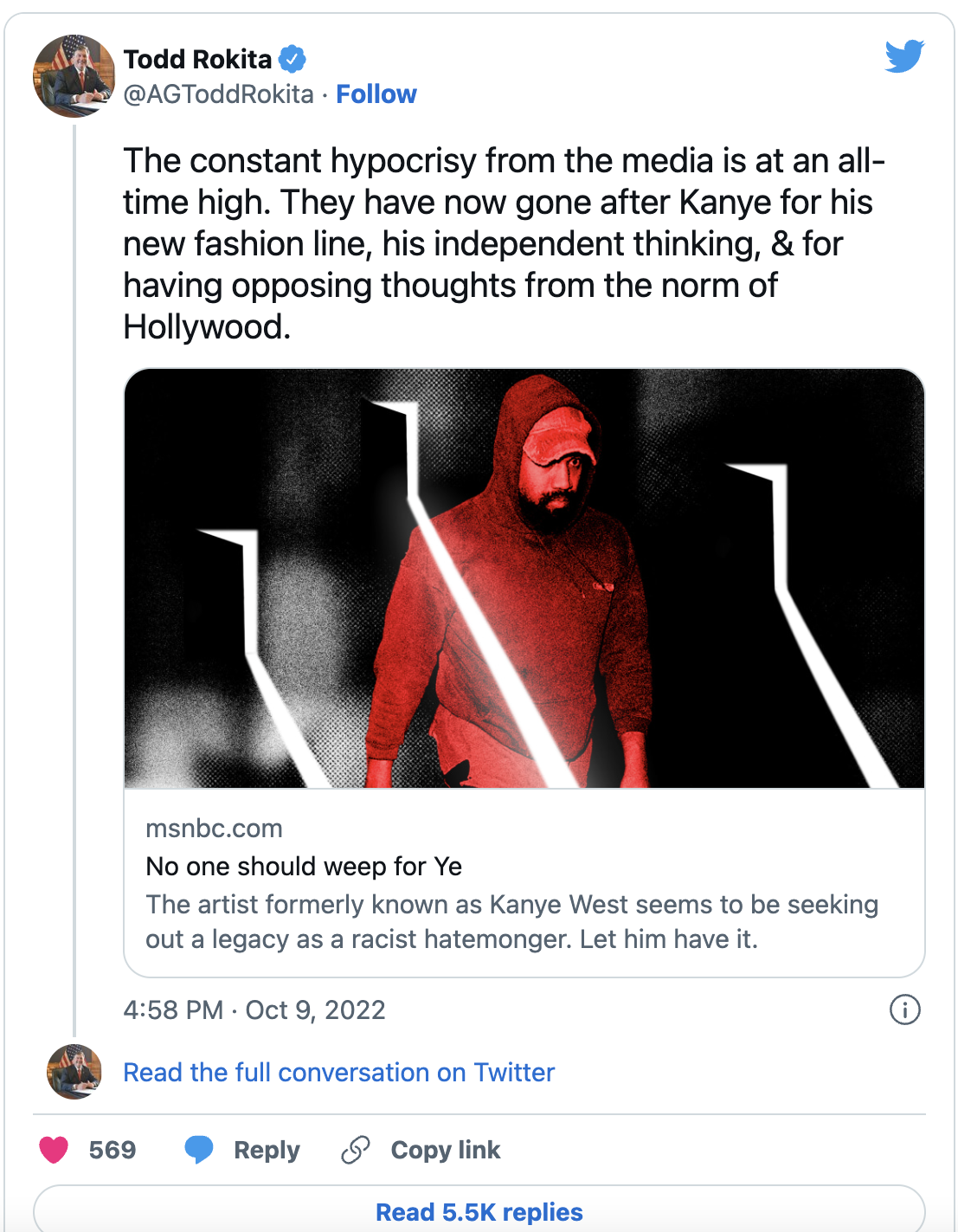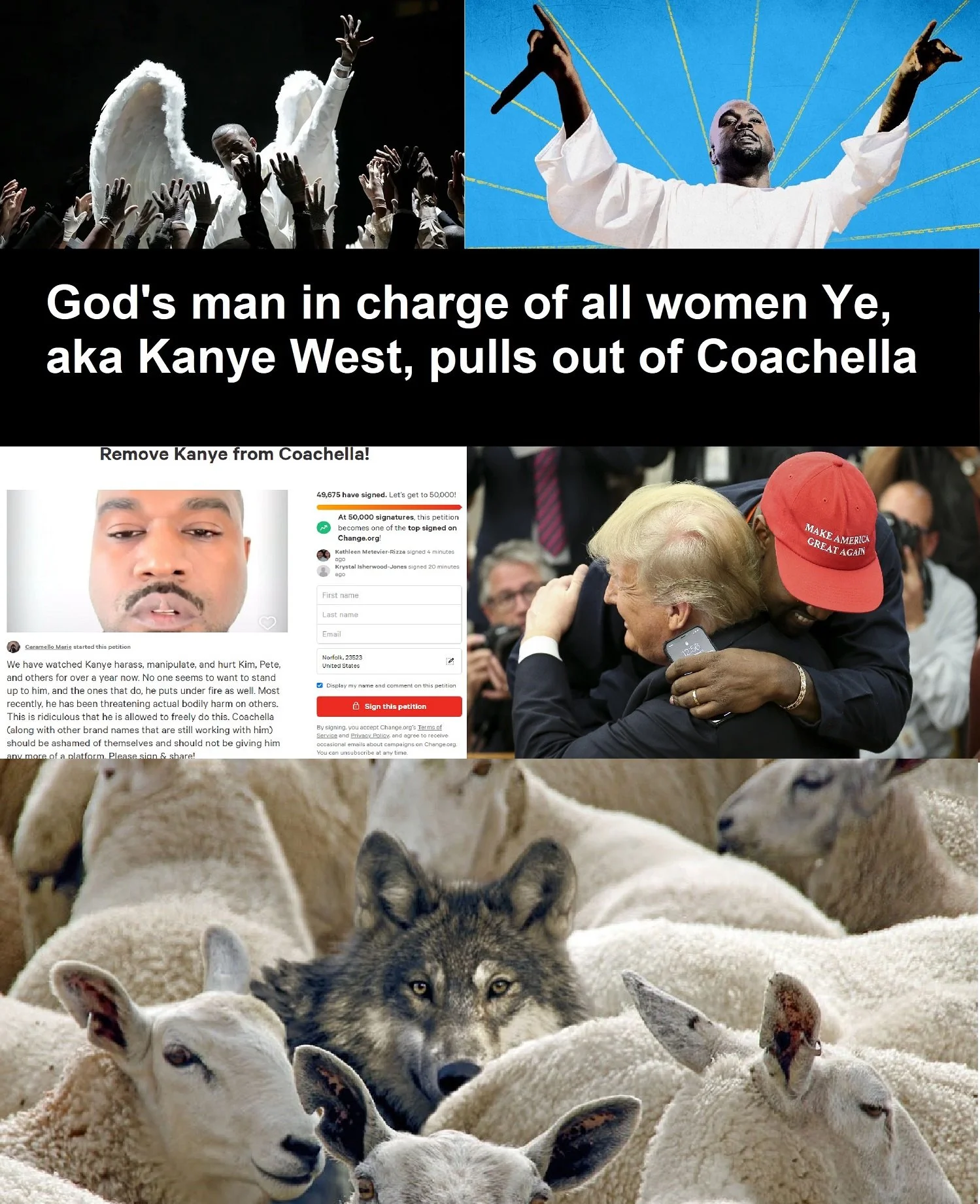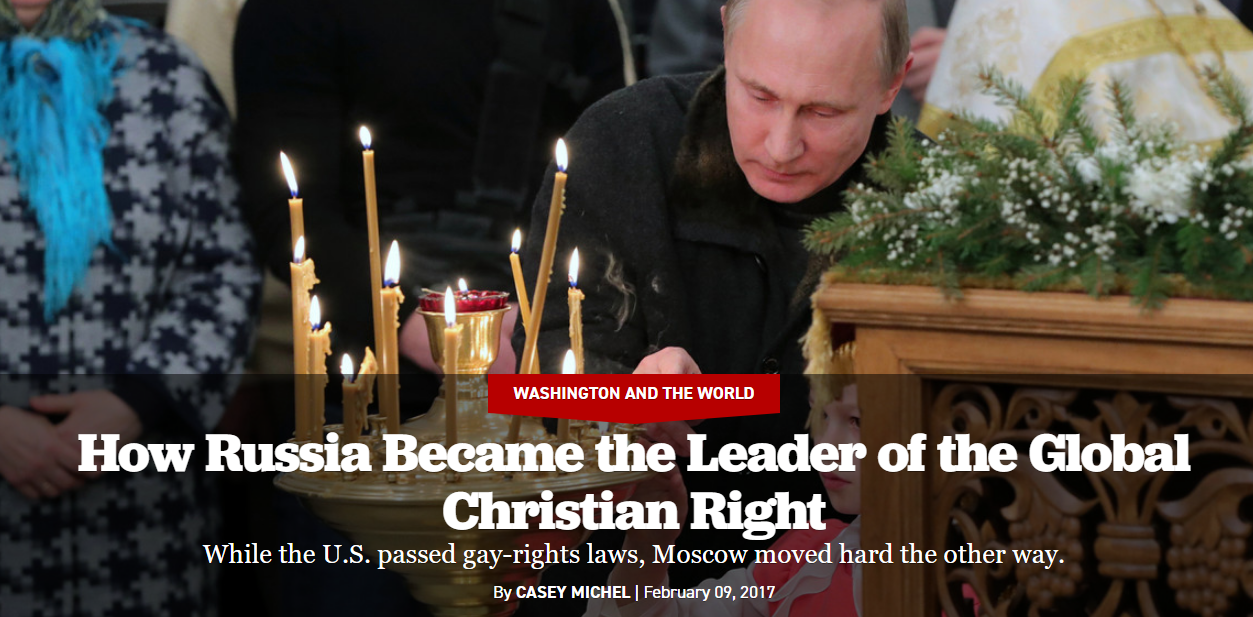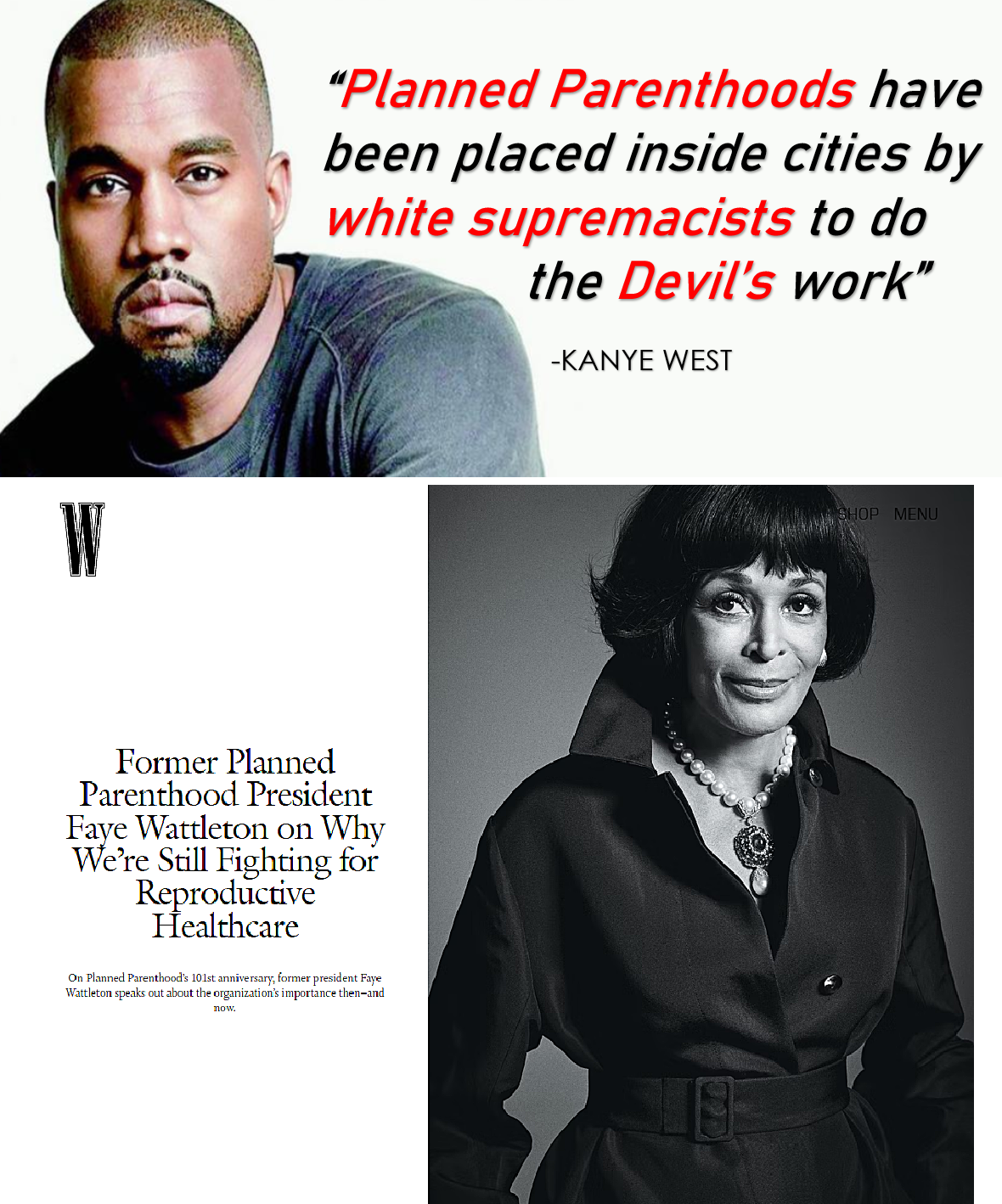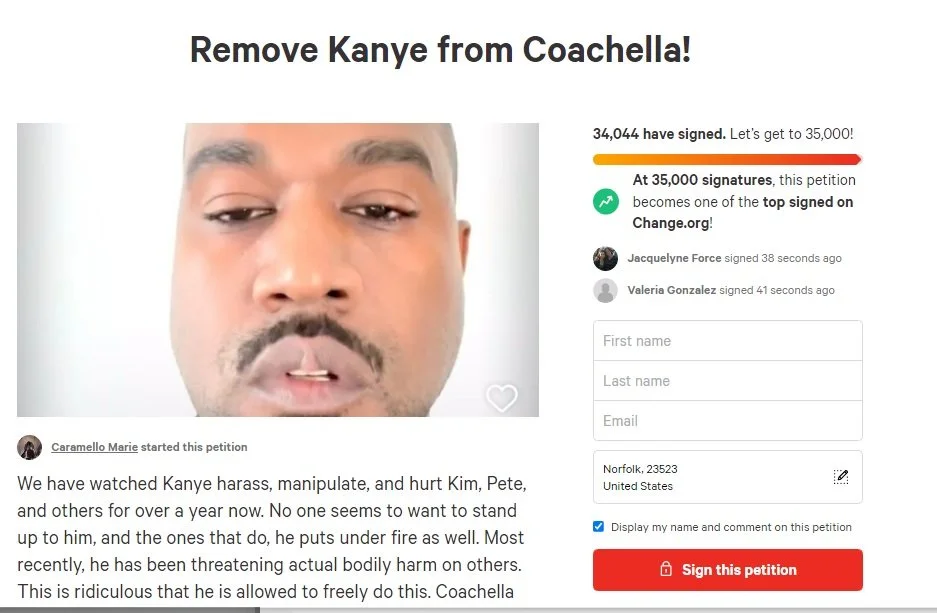Alexandria Ocasio-Cortez Emerging As Unlikely, Egoless Unifying Force Among Democrats
/AOC photographed outside the Capitol on January 4, 2019. By Mark Peterson/Redux.
No freshman member of the new House of Representatives has gained more national media attention than Alexandria Ocasio-Cortez. Less than one week after her victory in the November 2018 midterm elections, AOC joined environmental activists in a protest in Speaker Nancy Pelosi’s office. Politico published a story that AOC denied, advancing the theory that she was encouraging activists to primary Democratic incumbents in the 2020 elections.
The Republican obsession with Ocasio-Cortez has bordered on full-frontal misogyny, with many Dems reporting that “a cloud” of uncertainty hovered over her. Was she determined to build her own disruptive Alexandria Ocasio-Cortez brand? Or was she truly interested in passing collaborative legislation with fellow Democfrats.
Writing for Vanity Fair, Abigail Tracy says that AOC has emerged “as an unlikely unifying force for Democrats — and a surprisingly egoless champion of a new, progressive politics.”
One of her biggest supporters is Elijah Cummings, chairman of the House Oversight Committee, who specifically requested that AOC. be tapped to serve on his committee, hoping that she would ask the questions when others remained mute. “A lot of people said that she might not be a team player, and I have found it to be just the opposite,” Cummings told Tracy. “She has been a breath of fresh air.”
Cummings suggested that disagreement within the ranks is a considerable strength. “It is important that you have people like her—not only on my committee, but in the Congress—to remind folks of who we are, who we are as the Democratic Party, and who we have been for many years,” he explained. “And so, sure, when you do that like Ms. Cortez, you may ruffle a few feathers, but I think that, in the end, it will make us a better and stronger party.”
Cummings gave AOC high praise for her participation during last week’s House Oversight Committee hearing on the cost of prescription drugs. She asked the best set of questions of anybody in her five minutes,” Cummings said, noting that the New York congresswoman stayed for the entire hearing, which stretched beyond the five-hour mark. “It was clear that she had done her homework.”
AOC and her fellow progressives have already jumpstarted a national political discourse, floating a 70 percent marginal tax rate on income over $10 million during her ‘60 Minutes’ interview. 2020 Democratic party hopefuls are talking abuot the proposal, with 59 percent of registered American voters support the plan—including 45 percent of Republicans.
While the dynamic representative’s bold yet publicly undefined Green New Deal initially drew criticism while making waves in the Democratic Party, it has quickly emerged as something of a progressive litmus test for the Democratic field. “She is a Democrat and she is a strong, vocal advocate for our agenda,” aides reported to Tracy. “I think while initially fearful—and maybe even right to be fearful because of some of the early things that were going on—she has now come into her own and realized that she has a lot of power.”
House Speaker Nancy Pelosi swears in Rep. Alexandria Ocasio-Cortez on January 3, 2019. By Saul Loeb/AFP/Getty Images.
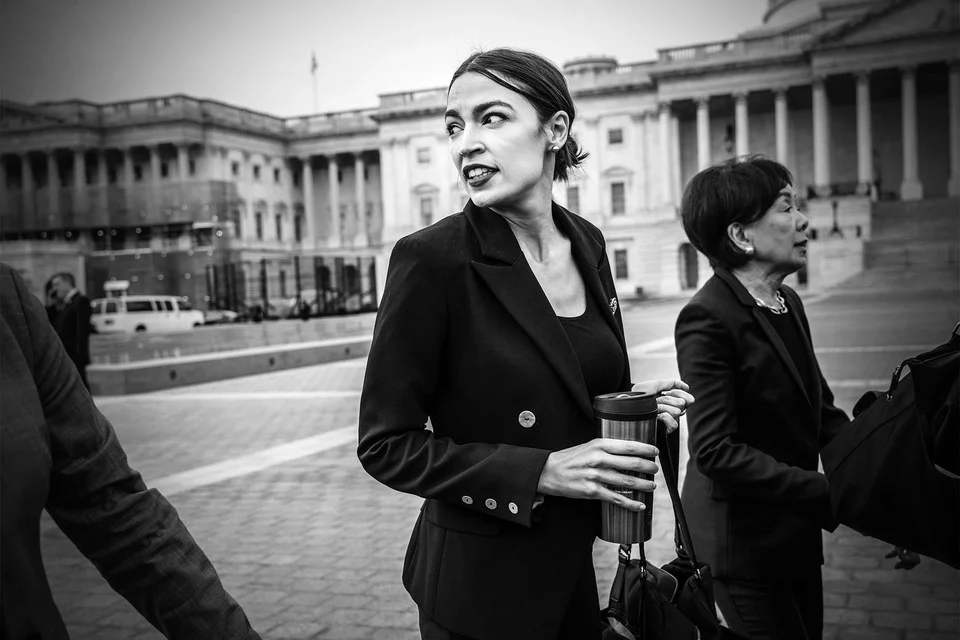
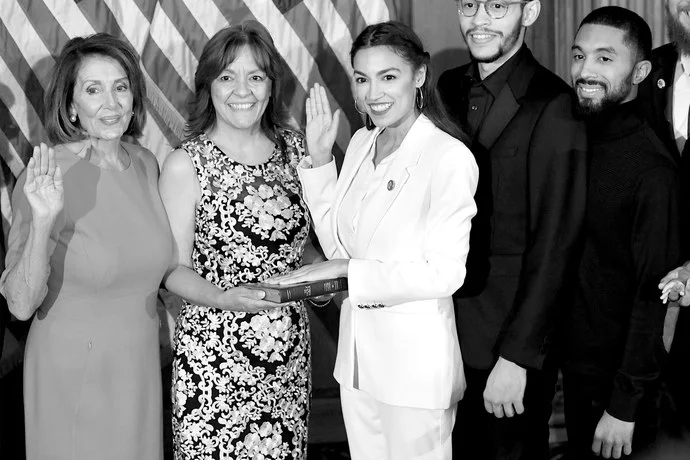

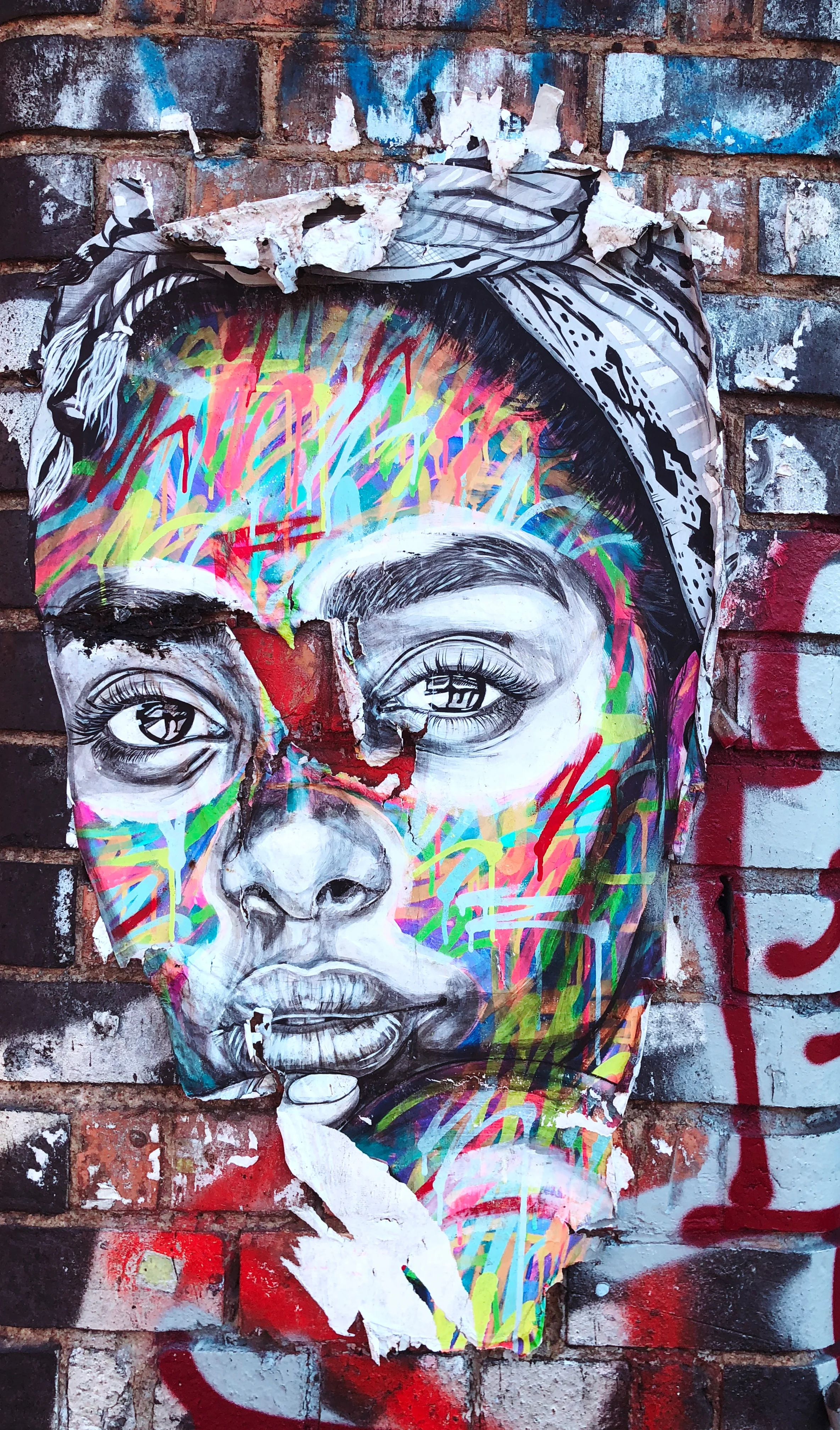











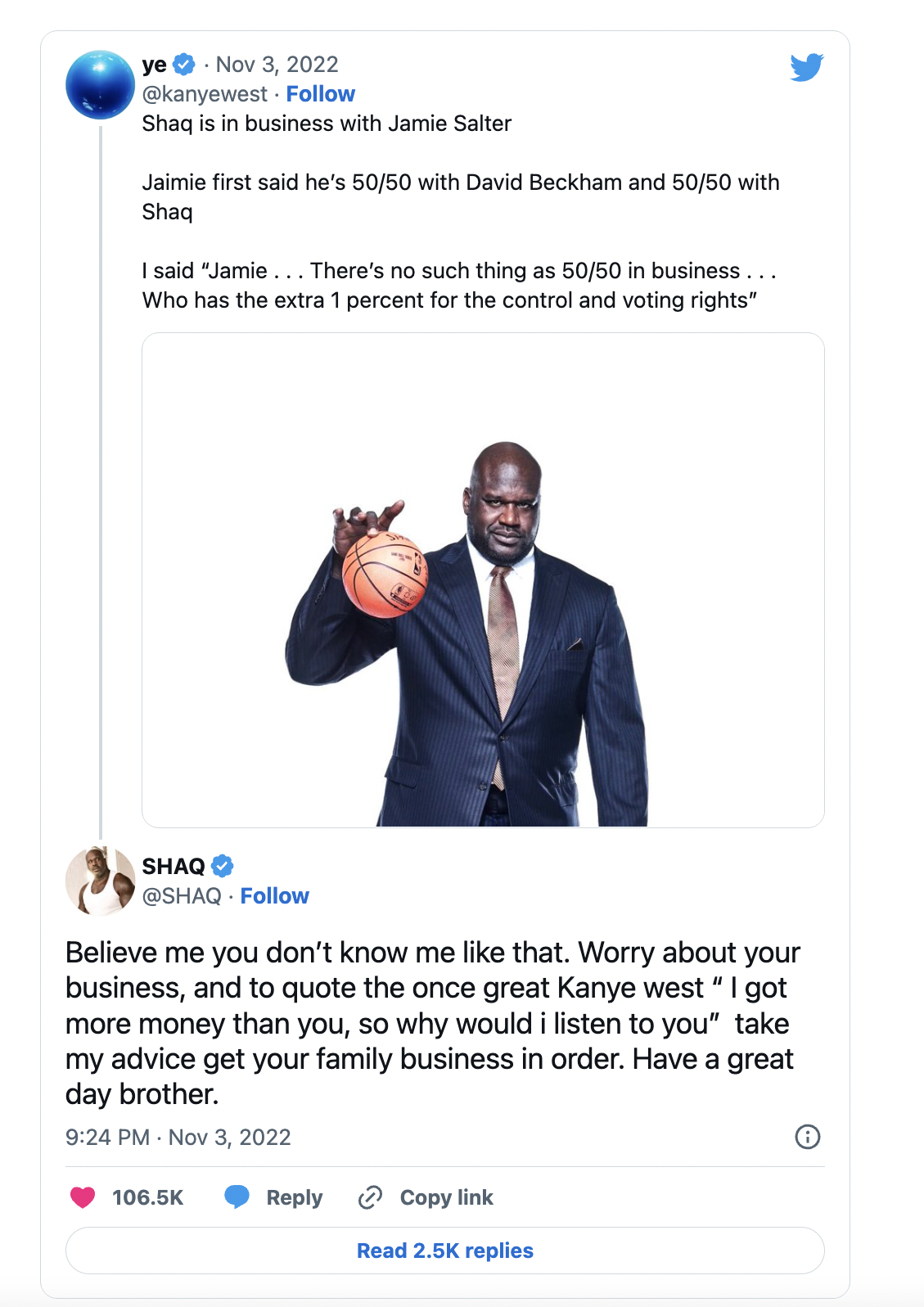










![Kanye West's [aka Ye] Refusal to Treat His Mental Illness Is No Excuse For His Anti-Semitism](https://images.squarespace-cdn.com/content/v1/55f45174e4b0fb5d95b07f39/1666238183530-4WVG9SNG88HTSKQ0WWDV/Is+Kanye-West-Running-Out-of-Platforms.png)
